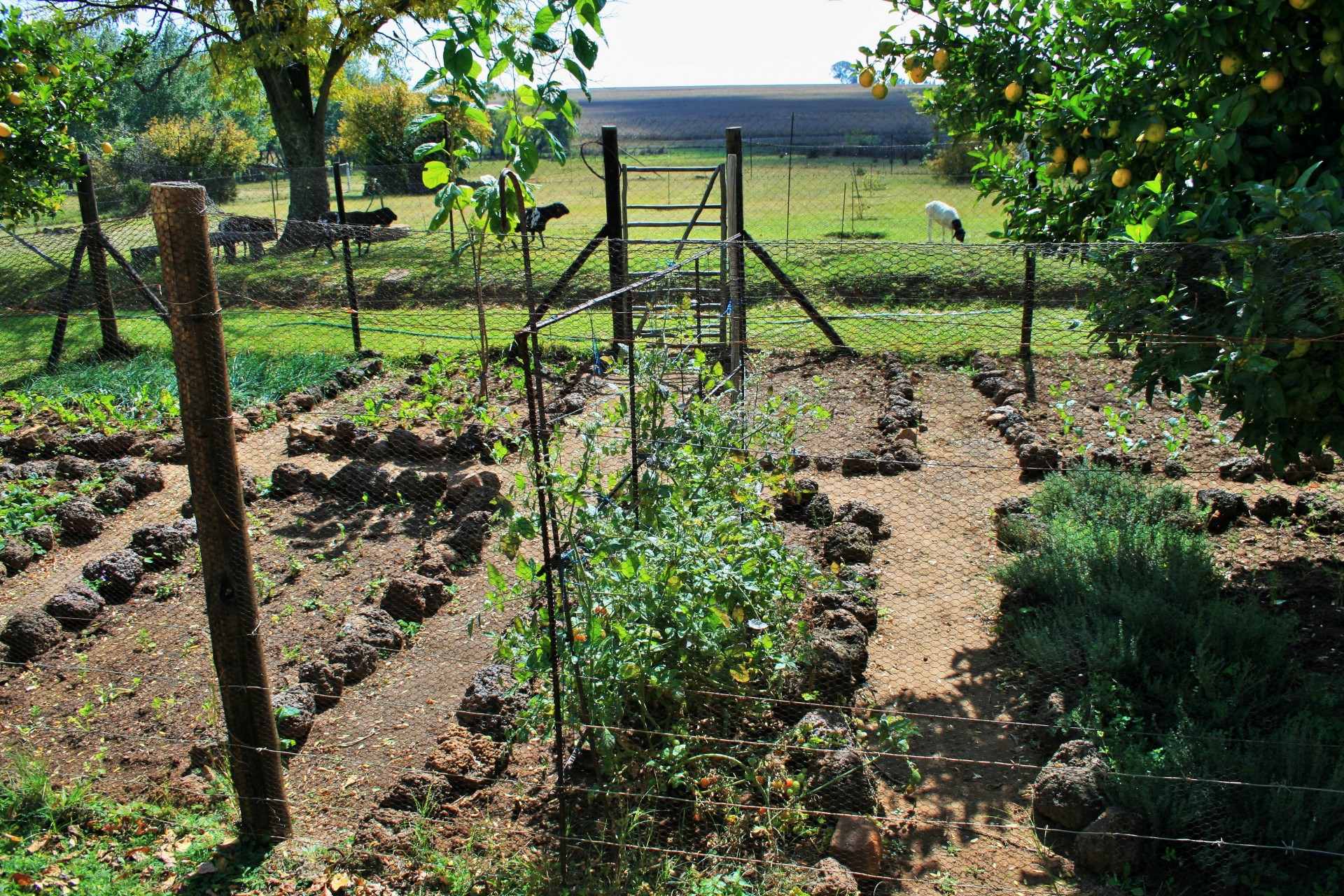DIY Raised Vegetable Garden Bed Plans

DIY Raised Vegetable Garden Bed Plans: Grow Your Own Veggies in Style
Ever dreamt of having a thriving vegetable garden right in your backyard? With these DIY raised vegetable garden bed plans, you can turn that dream into a reality. No more kneeling on the ground, no more battling weeds, and no more soil-borne diseases. Let's dive into the world of DIY garden beds and create your perfect vegetable garden ideas.
Why Choose Raised Garden Beds?
Before we jump into the raised garden plans, let's talk about why these beds are a game-changer.
- Improved Soil Quality: Fill your beds with fresh, nutrient-rich soil. No more dealing with poor soil quality.
- Better Drainage: Raised beds allow for better water drainage, preventing waterlogging and root rot.
- Easier Access: Say goodbye to backaches. With raised beds, you can tend to your plants without bending over.
- Fewer Weeds: Raised beds help contain weeds, making your gardening life easier.
Materials Needed for DIY Raised Garden Beds
Before you start building, gather these materials:
- Lumber (cedar, redwood, or composite are great choices)
- Screws or nails
- Drill or hammer
- Tape measure
- Pencil
- Landscape fabric (optional, for lining the bed)
- Weed barrier (optional, for lining the bed)
Step-by-Step DIY Raised Garden Bed Plans
1. Measure and Cut Your Lumber
First, decide on the size of your DIY garden beds. A common size is 4' x 8' x 1', but you can adjust this to fit your space. Cut your lumber according to your measurements.
2. Assemble the Frame
Using your drill or hammer, attach the cut lumber together to form a rectangular frame. Ensure the corners are square by measuring diagonally from corner to corner.
3. Add Supports (Optional)
For deeper beds, add supports to prevent the sides from bowing. You can use 2x2 lumber or rebar for this.
4. Line the Bed (Optional)
To prevent soil from leaking out and to deter pests, line your bed with landscape fabric or a weed barrier.
5. Fill with Soil
Fill your bed with a mix of topsoil, compost, and potting soil. Avoid using soil from your yard, as it may contain weeds and diseases.
Designing Your Vegetable Garden
Now that your DIY raised garden bed is ready, it's time to plan your vegetable garden ideas.
1. Choose Your Plants
Select plants that grow well together. Consider their size, sunlight needs, and water requirements.
2. Plan Your Layout
Sketch out a plan for your garden. Consider using the square foot gardening method for efficient use of space.
3. Plant Your Veggies
Plant your seeds or seedlings according to your plan. Water them well and keep the soil consistently moist until they germinate.
Caring for Your Raised Vegetable Garden
1. Watering
Raised beds dry out faster than in-ground gardens. Water your plants deeply once or twice a week, depending on the weather and plant needs.
2. Fertilizing
Use a balanced, organic fertilizer to keep your plants healthy. Follow the package instructions for application rates.
3. Mulching
Add a layer of organic mulch around your plants to retain moisture, suppress weeds, and regulate soil temperature.
Troubleshooting Common Issues
Even with DIY raised garden bed plans, issues can arise. Here are a few common problems and solutions:
- Wilting Plants: Too much or too little water can cause plants to wilt. Adjust your watering schedule accordingly.
- Pests: Inspect your plants regularly for signs of pests. Use organic or chemical controls as needed.
- Diseases: Fungal diseases can affect your plants. Remove infected leaves and treat with a fungicide if necessary.
Inspiration for Your Home Garden Design
For more vegetable garden ideas and home garden design inspiration, check out this guide from Gardeners.com: Raised Bed Gardening.
Conclusion
Creating your own DIY raised vegetable garden bed is a rewarding experience. Not only do you get to enjoy fresh, homegrown veggies, but you also get the satisfaction of knowing you built it yourself. So, grab your tools and let's get gardening!
FAQs
-
Q: What is the best wood to use for raised garden beds? A: Cedar and redwood are popular choices due to their durability and resistance to rot. Composite materials are also a good option.
-
Q: How deep should my raised garden bed be? A: Most vegetables grow well in beds that are 6-12 inches deep. For root vegetables like carrots, you may need a deeper bed.
-
Q: Can I use concrete blocks to build raised garden beds? A: Yes, concrete blocks can be used. However, they can be heavy and may not be as aesthetically pleasing as wood. Line them with a weed barrier to prevent soil from leaking out.
-
Q: How many raised garden beds should I build? A: The number of beds depends on the size of your yard and how much time you want to spend gardening. Start with one or two beds and expand as your skills and time allow.
-
Q: Can I build raised garden beds on concrete? A: Yes, you can build raised beds on concrete. Just ensure the bed is elevated enough to allow for proper drainage.
0 Response to " DIY Raised Vegetable Garden Bed Plans"
Post a Comment